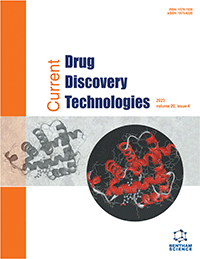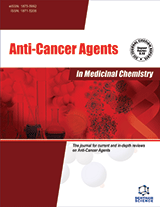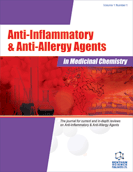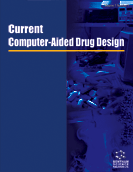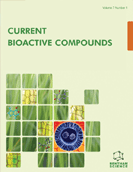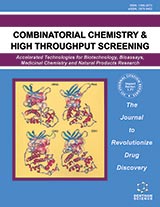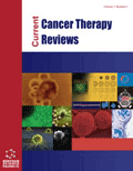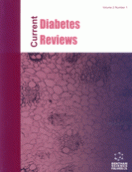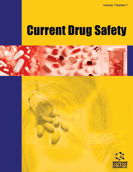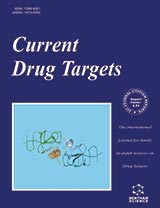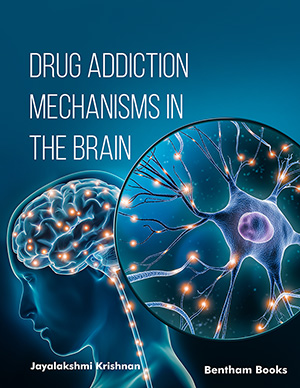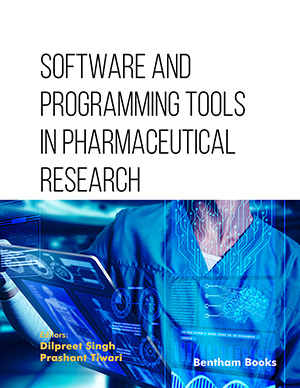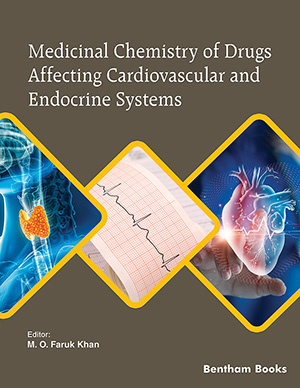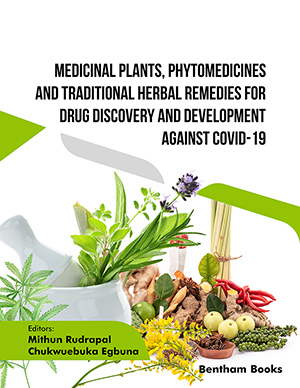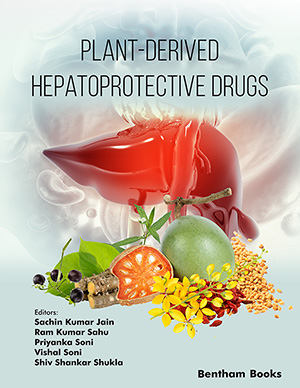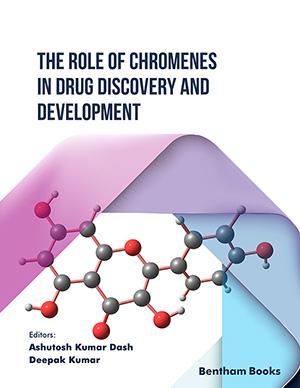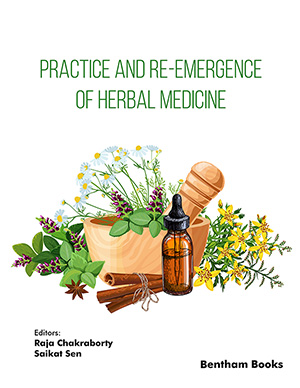Abstract
Traditional Chinese Medicines (TCM) are rapidly gaining attention in the West as sources of new drugs, dietary supplements and functional foods. However, lack of consistent manufacturing practices and quality standards, fear of adulteration, and perceived deficiencies in scientific validation of efficacy and safety impede worldwide acceptance of TCM. In addition, Western pharmaceutical industries and regulatory agencies are partial toward single ingredient drugs based on synthetic molecules, and skeptical of natural product mixtures. This review concentrates on three examples of TCM-derived pharmaceuticals and functional foods that have, despite these usual obstacles, risen to wide acceptance in the West based on their remarkable performance in recent scientific investigations. They are: Sweet wormwood (Artemisia annua), the source of artemisinin, which is the currently preferred single compound anti-malarial drug widely used in combination therapies and recently approved by US FDA; Thunder god vine (Tripterygium wilfordii) which is being developed as a botanical drug for rheumatoid arthritis; and green tea (Camellia sinensis) which is used as a functional beverage and a component of dietary supplements.
Keywords: Artemisia annua, artemisinin, Camellia sinensis, (-)-epigallocatechin-3-gallate (EGCG), functional foods, nutraceuticals, traditional Chinese medicine (TCM), tripdiolide, Tripterygium wilfordii, triptolide
Current Drug Discovery Technologies
Title: Merging Traditional Chinese Medicine with Modern Drug Discovery Technologies to Find Novel Drugs and Functional Foods
Volume: 7 Issue: 1
Author(s): Rocky Graziose, Mary Ann Lila and Ilya Raskin
Affiliation:
Keywords: Artemisia annua, artemisinin, Camellia sinensis, (-)-epigallocatechin-3-gallate (EGCG), functional foods, nutraceuticals, traditional Chinese medicine (TCM), tripdiolide, Tripterygium wilfordii, triptolide
Abstract: Traditional Chinese Medicines (TCM) are rapidly gaining attention in the West as sources of new drugs, dietary supplements and functional foods. However, lack of consistent manufacturing practices and quality standards, fear of adulteration, and perceived deficiencies in scientific validation of efficacy and safety impede worldwide acceptance of TCM. In addition, Western pharmaceutical industries and regulatory agencies are partial toward single ingredient drugs based on synthetic molecules, and skeptical of natural product mixtures. This review concentrates on three examples of TCM-derived pharmaceuticals and functional foods that have, despite these usual obstacles, risen to wide acceptance in the West based on their remarkable performance in recent scientific investigations. They are: Sweet wormwood (Artemisia annua), the source of artemisinin, which is the currently preferred single compound anti-malarial drug widely used in combination therapies and recently approved by US FDA; Thunder god vine (Tripterygium wilfordii) which is being developed as a botanical drug for rheumatoid arthritis; and green tea (Camellia sinensis) which is used as a functional beverage and a component of dietary supplements.
Export Options
About this article
Cite this article as:
Graziose Rocky, Ann Lila Mary and Raskin Ilya, Merging Traditional Chinese Medicine with Modern Drug Discovery Technologies to Find Novel Drugs and Functional Foods, Current Drug Discovery Technologies 2010; 7 (1) . https://dx.doi.org/10.2174/157016310791162767
| DOI https://dx.doi.org/10.2174/157016310791162767 |
Print ISSN 1570-1638 |
| Publisher Name Bentham Science Publisher |
Online ISSN 1875-6220 |
 92
92
- Author Guidelines
- Graphical Abstracts
- Fabricating and Stating False Information
- Research Misconduct
- Post Publication Discussions and Corrections
- Publishing Ethics and Rectitude
- Increase Visibility of Your Article
- Archiving Policies
- Peer Review Workflow
- Order Your Article Before Print
- Promote Your Article
- Manuscript Transfer Facility
- Editorial Policies
- Allegations from Whistleblowers
- Announcements
Related Articles
-
Therapeutics and Carriers: The Dual Role of Proteins in Nanoparticles for Ocular Delivery
Current Topics in Medicinal Chemistry The Role of Tregs in Cancer: Foxp3 as a Putative Target for Therapy
Current Signal Transduction Therapy Recent Advances in the Chemistry of Phthalimide Analogues and their Therapeutic Potential
Mini-Reviews in Medicinal Chemistry Osteopontin; as a Target Molecule for the Treatment of Inflammatory Diseases
Current Drug Targets Anti-Inflammatory Iridoids of Botanical Origin
Current Medicinal Chemistry Monoclonal Antibodies to Treat Graft-Versus-Host Disease
Mini-Reviews in Medicinal Chemistry Molecular Basis of the Anti-Inflammatory Effects of Terpenoids
Inflammation & Allergy - Drug Targets (Discontinued) Patent Selections
Recent Patents on Anti-Infective Drug Discovery Fibroblast Growth Factor-2 Antagonist and Antiangiogenic Activity of Long-Pentraxin 3-Derived Synthetic Peptides
Current Pharmaceutical Design Placebos Used in Clinical Trials for Chinese Herbal Medicine
Recent Patents on Inflammation & Allergy Drug Discovery Synthesis and Applications of Hydrogels in Cancer Therapy
Anti-Cancer Agents in Medicinal Chemistry Current Opinions and Perspectives on the Role of Immune System in the Pathogenesis of Parkinson's Disease
Current Pharmaceutical Design G Protein-Coupled Receptors – Potential Roles in Clinical Pharmacology
Cardiovascular & Hematological Agents in Medicinal Chemistry QbD-Enabled Systematic Development of Ileo-Colonic Targeted Novel Mucoadhesive Microspheres of Flurbiprofen
Current Drug Delivery Polymer-Based Drug Delivery Systems, Development and Pre-Clinical Status
Current Pharmaceutical Design Three Dimensional Molecular Field Analysis of Thiomorpholine Analogs of TACE Inhibitors Using Receptor Based Alignment
Letters in Drug Design & Discovery Adenosine Deaminase in the Modulation of Immune System and its Potential as a Novel Target for Treatment of Inflammatory Disorders
Current Drug Targets Phosphatidylinositol 3-Kinase Isoforms as Novel Drug Targets
Current Drug Targets Anti-cancer and Other Bioactivities of Korean Angelica gigas Nakai (AGN) and Its Major Pyranocoumarin Compounds
Anti-Cancer Agents in Medicinal Chemistry Pharmacological Activities and Therapeutic Potential of Kaempferitrin in Medicine for the Treatment of Human Disorders: A Review of Medicinal Importance and Health Benefits
Cardiovascular & Hematological Disorders-Drug Targets


